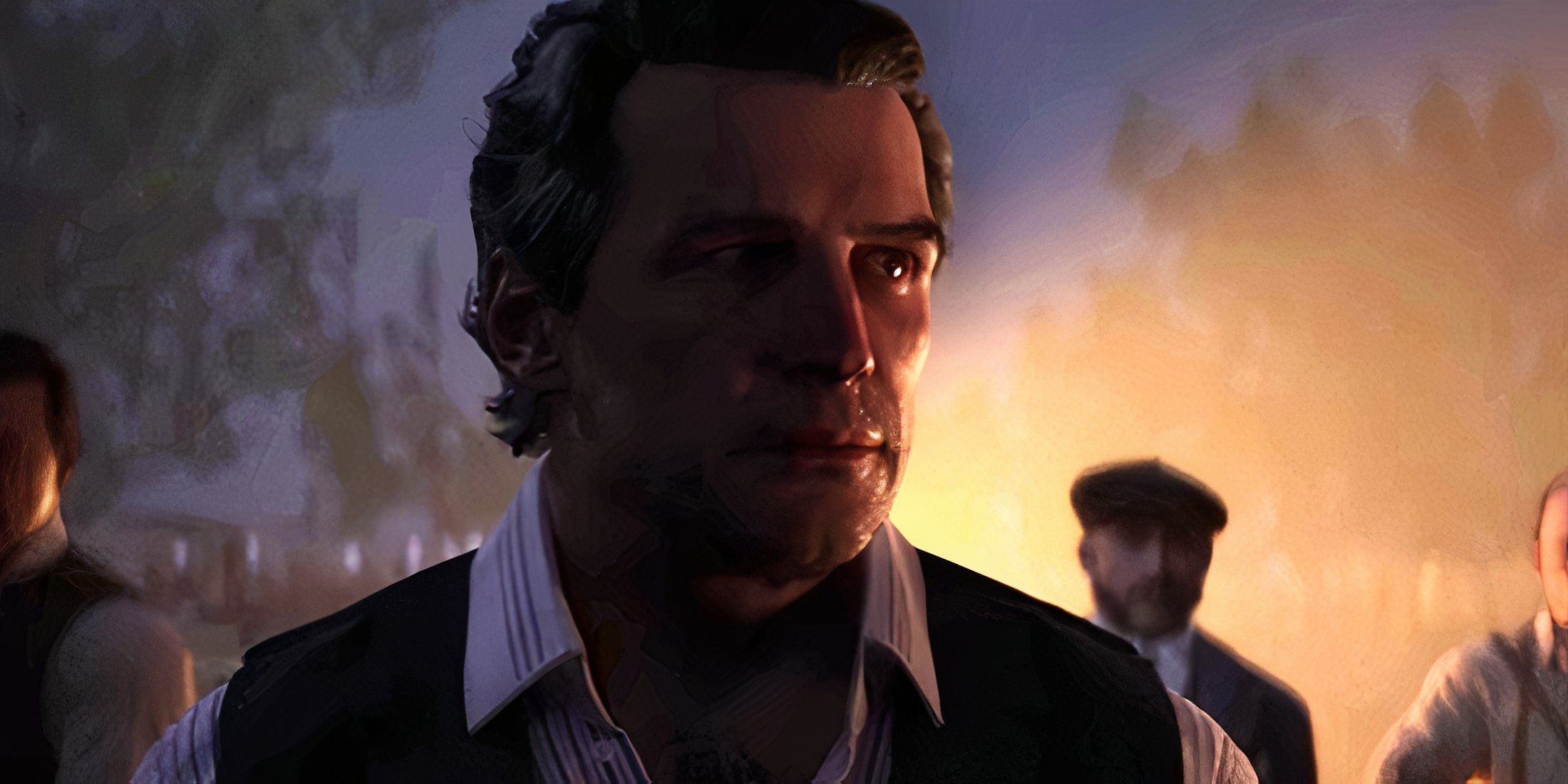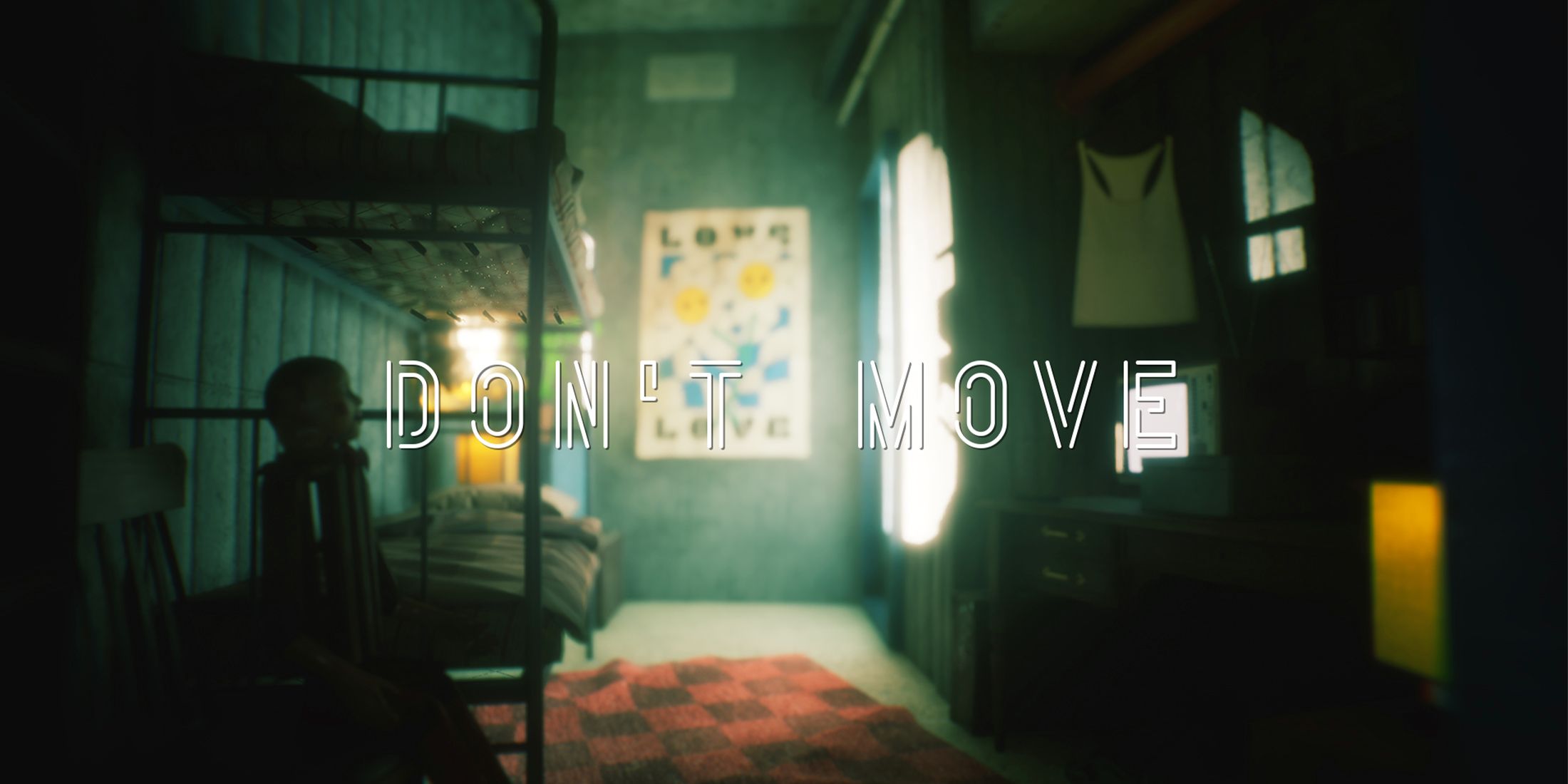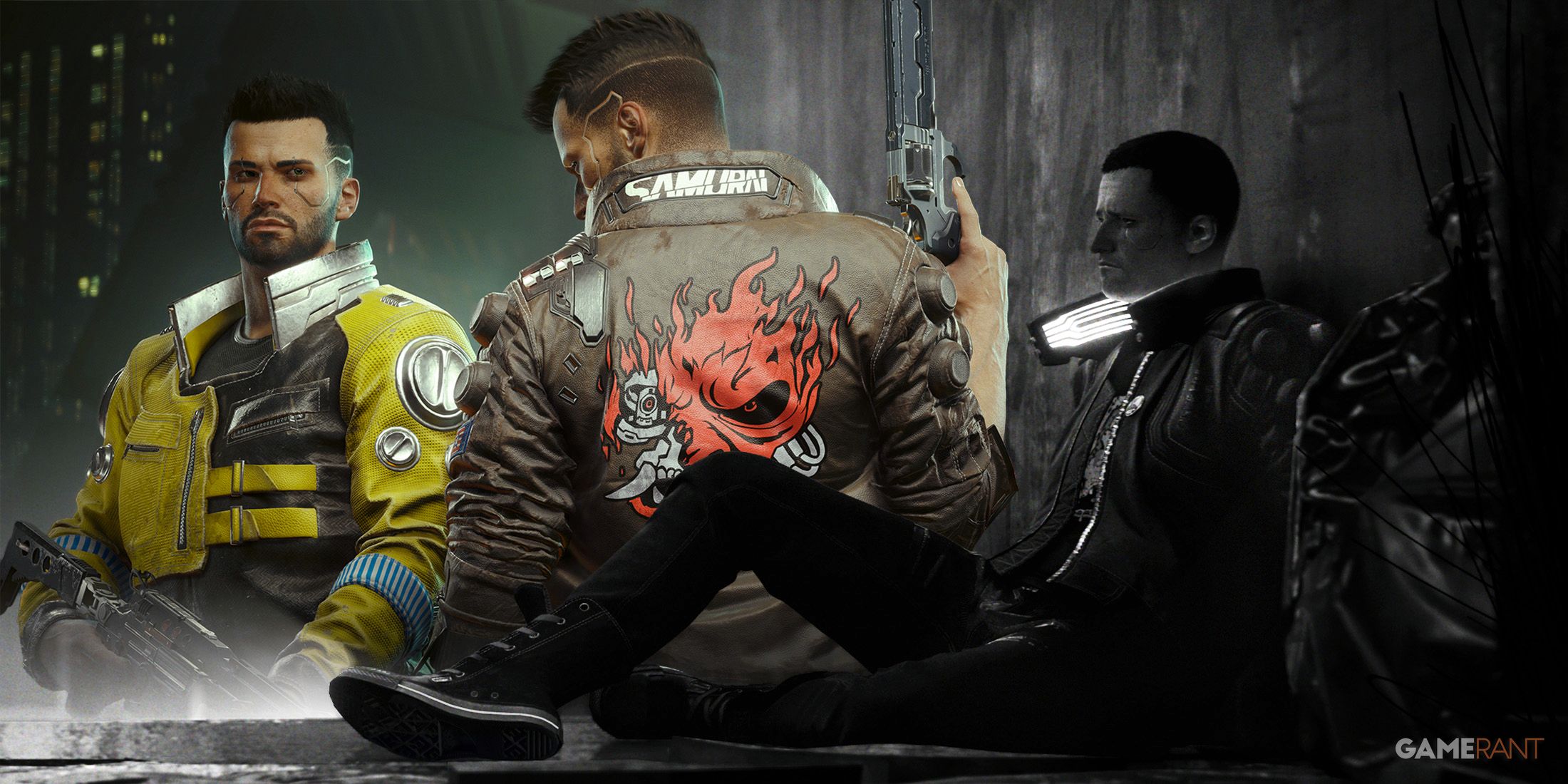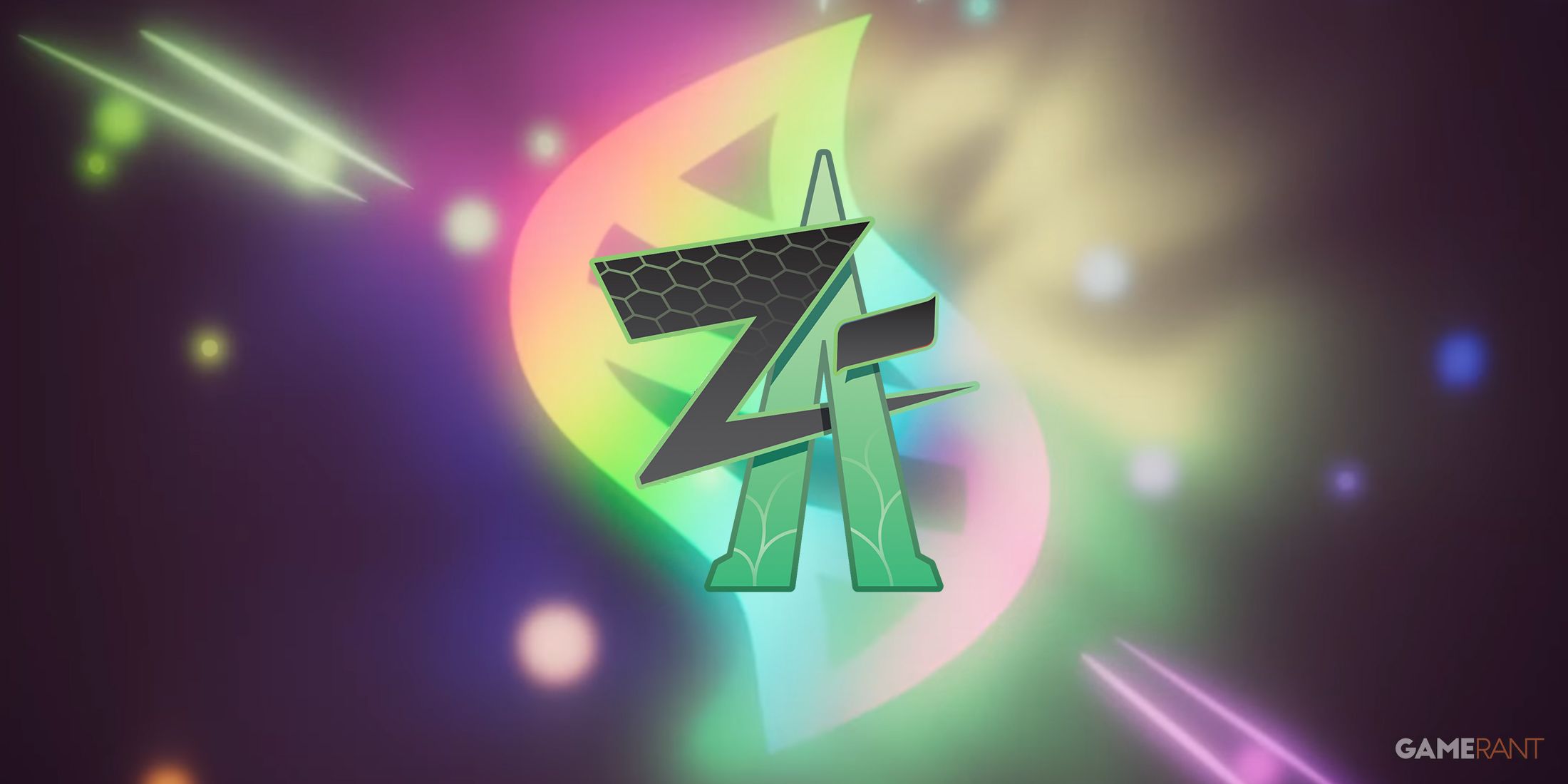Anomaly-hunting games are a unique breed in the horror genre, as what primarily sets them apart is their gameplay. These titles still have the atmosphere, dread, and occasionally even jump scares that define the horror space, but rather than relying on narrative and world-building to drive players forward, they are traditionally mechanical in nature, with systems like spot-the-difference, time pressure, and escalation at the heart of their progression. As an anomaly-hunting game itself, Deadbolt Interactive and Perp Games’ P1: Anchor Light might still possess some of these characteristics, but one of its core systems has one simple rule: don’t move.
Indie game P1: Anchor Light takes players to a beautiful art deco lighthouse, where the only way forward is to climb it. Occasionally, however, they will have no choice but to stay completely still, lest they fail their run completely. Perp Games’ Grant Wilde recently filled Game Rant in on some details about P1: Anchor Light‘s gameplay, specifically what makes it so unique. As he explains, this one rule of “don’t move” could mean the difference between success and failure for anyone making their way through the lighthouse, so they will need to remain vigilant at all times.
P1: Anchor Light’s Big Mechanic Is a Game of Red Light, Green Light
For the most part, anomaly-hunting games incorporate a spot-the-difference system where the core loop revolves around noticing when something is “off”, whether an object moves, disappears, or appears where it shouldn’t be. Some anomalies might be obvious, like the image on a painting changing to something else. Others are more subtle, like slight shifts in lighting or shadows behaving unnaturally. While this can and generally does make for a compelling and intuitive loop, however, for a game like P1: Anchor Light that hopes to distinguish itself, it might need to explore more unique mechanics.
When asked about how anomaly detection works in P1: Anchor Light and what ultimately sets it apart from other spot-the-difference mechanics, Wilde replied:
“On a base level, it’s very similar. After you’ve scouted the floor, you have a choice between two doors. You take one if the floor is clear and the other if you spot an anomaly. The tension is then taken to the next level with what we eloquently call the ‘Don’t Move’ mechanic (seriously, if you have a better name for this, please let us know!). It’s effectively ‘grandmother’s footsteps’ or ‘red light, green light,’ depending on where in the world you are. Music is constantly piped into the lighthouse through speakers, but it will sometimes cut out, and when it does, you shouldn’t move an inch. If you do, you will be seen and dealt with.”
So, while P1: Anchor Light does feature the traditional spot-the-difference system of most anomaly-hunting games, the game is seemingly at its most exciting when players are navigating its “Don’t Move” mechanic, which is essentially a game of Red Light, Green Light. That may sound fairly simple at first, but Wilde doesn’t seem to think it will be all that easy. As he elaborated:
“This mechanic is used to heighten the tension in several ways. As there is no way to predict when the music cuts, you will have to always remain vigilant. As a run progresses, the consequence of making a small mistake is greater and, therefore, so is the tension that is drummed up in these sequences.”
It might be enough for some occasional spot-the-difference gameplay to shake up the scene and keep the hair on players’ arms standing up, but P1: Anchor Light‘s “Don’t Move” mechanic keeps things even more tense. The further players progress in a run, the more punishing it will be for them to succumb to the anomaly if they move after the music cuts. This mixture of both visual and audio observation is something that makes P1: Anchor Light‘s gameplay unique in the anomaly-hunting genre, primarily because it’s not just about observation this time, but about survival. Wilde continued:
“Another way it adds to the experience is that it forces you to confront anomalies. In a lot of other anomaly-hunting games, if you see an anomaly, you simply turn around to restart a loop. That’s for weaklings. In P1: Anchor Light, you are likely to be left face to face with something very unsettling, knowing that if you move even an inch, it’s curtains. You will regularly be left totally helpless, fighting against the voice in your head shouting ‘Run, run, run!'”
This is where things should be at their most tense in P1: Anchor Light, as the music cuts and players are encouraged to stop moving, but they may not be alone. Rather than running from an anomaly, players will have to face it head-on while remaining completely still. This creates a sense of dread that some anomaly-hunting games only hint at, pushing players into situations where stillness becomes more terrifying than action and jump scares, and survival means resisting the most basic human instinct to flee.
P1: Anchor Light launches on PC via Steam on September 9, 2025, PlayStation on October 14, 2025, and Xbox on November 11, 2025.

















